Urban lighting refers to the combination of city functional lighting and urban nightscape lighting. It encompasses all permanent fixed lighting facilities in urban outdoor public spaces aimed at creating nighttime landscapes, both indoors and outdoors. Specifically, it manifests through city squares, streets, park green spaces, residential areas, traditional blocks in old towns, numerous monumental and iconic buildings, and various human activities that occur within them.
Urban lighting is divided into city functional lighting and urban landscape lighting. City functional lighting refers to the illumination provided for the safety and information acquisition of urban nighttime activities, mainly including the lighting of city roads and public spaces. Urban landscape lighting, on the other hand, refers to the artistic lighting applied to certain scenes in the city that can evoke a good visual perception at night.
3. Functionality of Urban Lighting
The purpose of city functional lighting is to ensure safety during nighttime city life, increase the nighttime utilization rate of city facilities, and orderly set up related functional lighting facilities for roads, tunnels, overpasses, parks, etc., also providing a rhythmic, rhythmic urban landscape lighting background environment.
4. Urban Lighting Solutions
Functional lighting facilities are mainly arranged on city roads, bridges, tunnels, squares, residential areas, parks, etc. Landscape lighting facilities are primarily arranged in city business districts, tourist sights, scenic roads, iconic buildings, etc. The layout of functional lighting facilities and landscape lighting facilities together constitute the spatial layout of urban lighting, with functional lighting providing the nighttime landscape background for the city. Landscape lighting highlights the night image of the city.
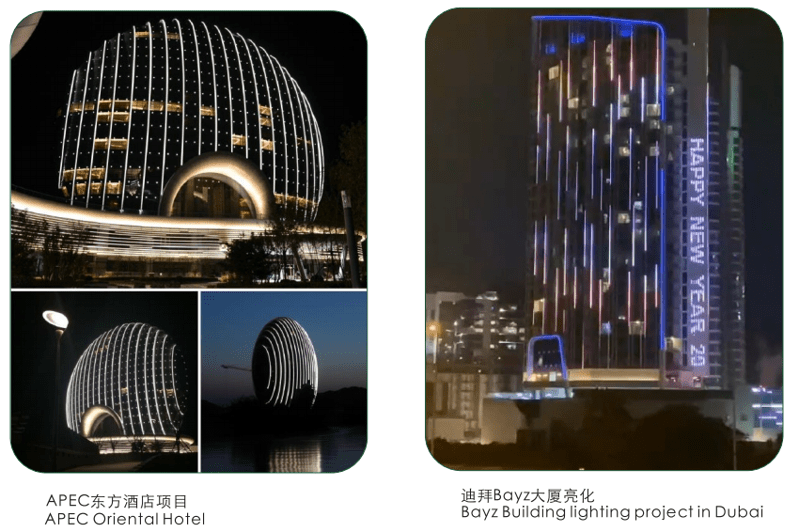

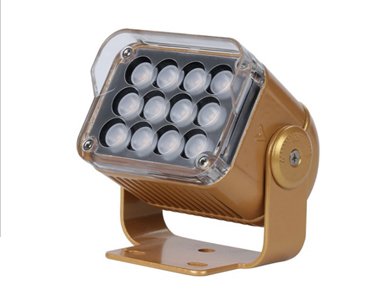 6W LED module spot light beam ...
6W LED module spot light beam ...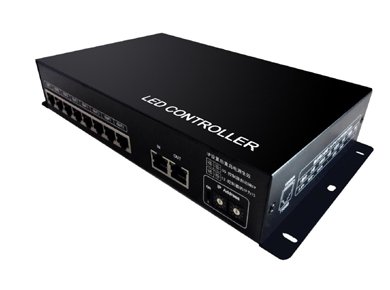 思域EN-402W 说明书 V1.0 (适用A1)
思域EN-402W 说明书 V1.0 (适用A1)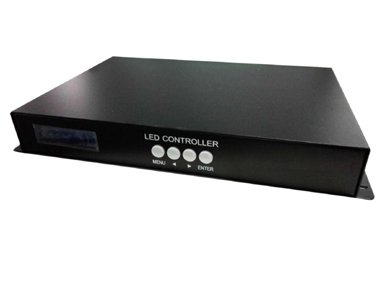 思域EN-508W 说明书 V1.0 (适用于A1)——PC ...
思域EN-508W 说明书 V1.0 (适用于A1)——PC ...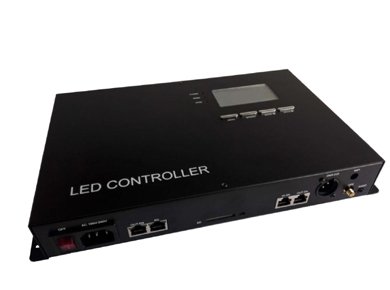 思域SN-500 说明书 V2.2 (适用B2, C2, C ...
思域SN-500 说明书 V2.2 (适用B2, C2, C ...